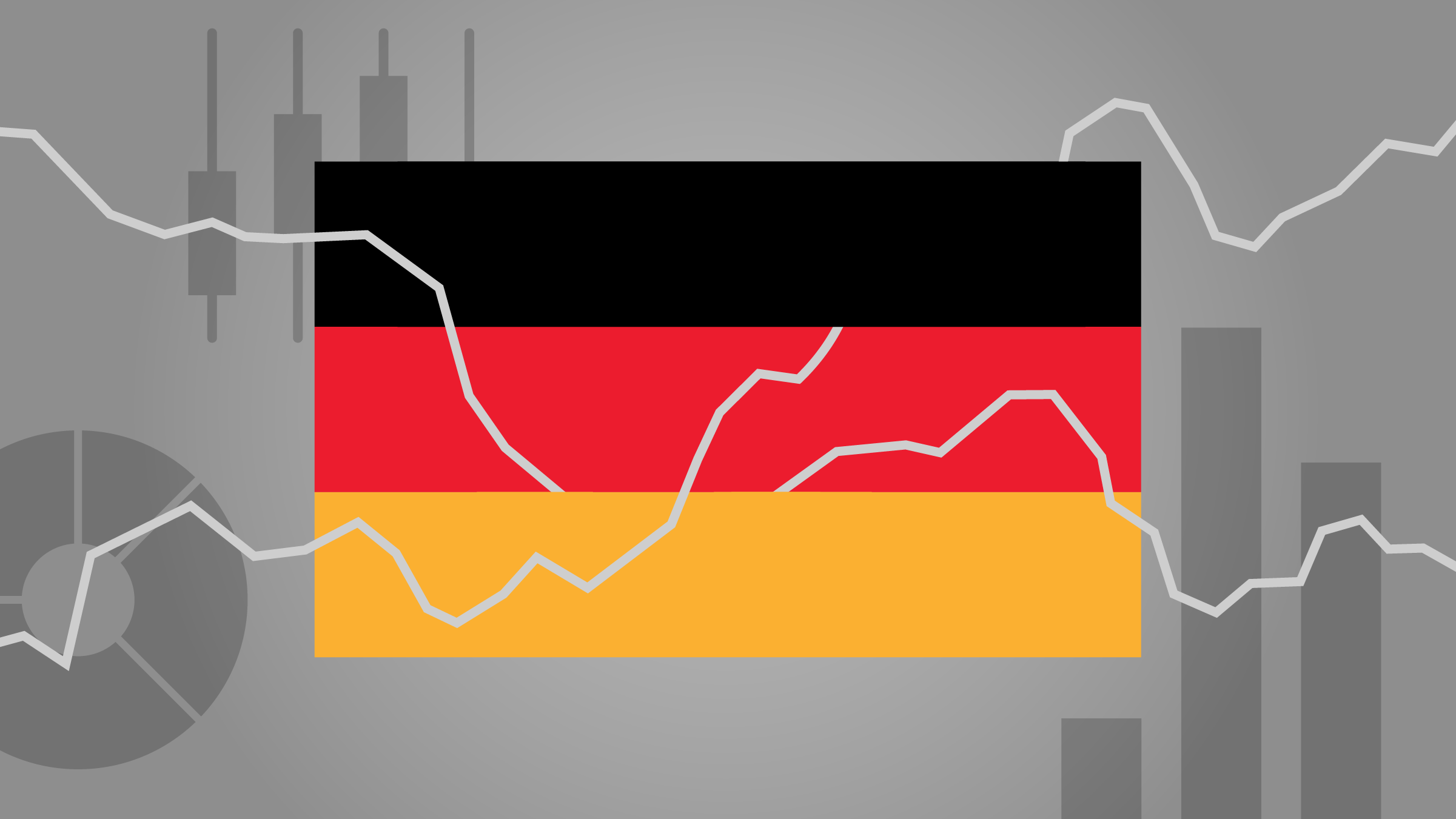Rolle im Portfolio
The ETFlab Dt. Boerse EUROGOV Germany ETF offers investors exposure to the 1-10y maturity spectrum of the German government bond market. Given concerns over credit quality of some eurozone sovereign issuers, investors looking to meet EUR-denominated fixed income exposure needs may find this German-centric government debt ETF a more suitable investment to ride out the volatile times, despite the very low yields offered by German sovereigns. Investors can also consider this ETF to hedge fixed income holdings encompassing riskier issuers or as a vehicle for capital preservation. Despite the unlikelihood of a German default, this ETF's medium-dated bias (e.g. this ETF has a duration of around 4.5%) makes it less optimal for capital preservation purposes than an ETF with a shorter maturity. Typically, shorter-term maturities and more liquid offerings will be better suited to capital preservation uses as this tends to minimise investment risk. Whilst going out further on the maturity spectrum poses some additional risks in the form of greater duration, investors may consider Germany a high enough rated issuing authority to consider the risk worth taking to capture some extra yield.
The sole focus on German government bonds lends this ETF to tactical uses as a hedging tool. In particular, investors with existing fixed income exposures tilted towards eurozone countries other than Germany, or even the broader European market, can use this ETF to counterweight some of that risk exposure.
Fundamentale Analyse
The eurozone sovereign debt crisis has catapulted sovereign risk to the forefront of current pricing dynamics shaping the eurozone government bond market. Prior to the onset of the crisis, markets had largely adhered to the theoretical notion of economic convergence between eurozone members allowing for the spreads relative to German Bunds to shrivel to near zero. As the crisis unfolded, it became apparent that the theoretical elimination of country-specific risk was a fundamentally flawed thesis from the start. Due to this shift in risk perceptions, Germany has recaptured its pre-euro era status as the region's lynchpin. As a result, German bond yields have fallen to historical lows, while cross-country bond spreads to Germany, particularly of the eurozone's periphery members, have widened significantly; reverting to pre-eurozone levels in some instances.
Following the sea change in the eurozone, Germany has taken the opportunity to reassert itself as the region's monetary anchor and has begun to direct policy towards fiscal convergence. At the December 2011 EU summit, Germany and France championed a 'fiscal pact' whereby member states committed to imposing stricter deficit reduction policies and austerity measures across the eurozone. Structural reforms like these take time to implement, however, and more immediate actions have been implemented to quell market uncertainty, such as the long-term refinancing operations undertaken by the European Central Bank.
Thus far in 2012, the German economy has proven to be exceptionally strong relative to those of its fellow eurozone members. While unemployment across the eurozone has reached an all-time high of 10.8%, German unemployment remains at historically low levels. By comparison, unemployment in the eurozone's peripheral nations has marched higher, reaching 21% in Greece, 23.5% in Spain, 13% in Portugal, and 9% in Italy.
Though GDP figures for the first quarter have yet to be released, it appears all but certain that the eurozone will register its second consecutive quarter of negative growth putting the region into its second technical recession in the past three years. To arrive at this consensus, most economists have pointed to Markit’s Purchasing Manager Index (PMI) data, which measures monthly expansion/contraction of output, where a reading above 50 indicates expansion. In March, the eurozone PMI came in at 49.1, indicating a mild contraction. Germany was not immune to this trend with PMI falling to 51.6, a 3-month low.
Looking ahead, the outlook for the eurozone sovereign debt market remains in a state of tremendous fluidity, as the January round of ratings downgrades by S&P - including the loss of AAA by France, Austria and the EFSF - showed. The mild tightening cycle of mid-2011 has been fully reversed, with ECB short-term and 3y interest rates down to 1.00% as we write. Meanwhile inflation has been creeping higher, with the inflation rate hovering around 2.6% as we write, above the ECB's price stability target of around 2.0%. At the moment, with inflation concerns mounting, further interest rate cuts do not appear to be a distinct possibility.
Indexkonstruktion
The Deutsche Börse EUROGOV Germany index is produced and disseminated by Deutsche Börse and aims to track the performance of the 1-10y maturity segment of the Germany sovereign debt market. Interest payments are reinvested into the index as soon as they are paid. The index employs a market capitalisation methodology to determine index weights. In general, highly liquid bonds with a higher nominal value and shorter time to maturity are preferred. Index constituents must be fixed rate bonds with a minimum outstanding of EUR 4bn. German sovereign bonds meeting these criteria will be included in the index up to a maximum of 15 constituents. Index constituents are weighted according to their total amount outstanding. The index employs a cap to limit the size of any one constituent to 30% of the overall index value. The index rebalances quarterly.
Fondskonstruktion
ETFlab uses physical replication methods to track the performance of the Dt Boerse EUROGOV Germany total return index. The fund buys all the securities within the index, in the same weightings as stipulated by the index. ETFlab makes 100 % of the fund’s securities available for lending. All revenues generated through securities lending are passed on to the fund. Although this activity can help to partially offset the TER, it exposes investors to counterparty risk. To protect the fund from this counterparty risk, ETFlab takes collateral greater than the value of the borrowed securities. Collateral levels vary from 102% to 105%, depending on the assets provided as collateral and on the credit quality of the borrower. The ETF distributes dividends semiannually with payments scheduled to be made in April and October. The fund is domiciled in Germany and its base currency is Euros.
Gebühren
ETFlab charges a total expense ratio (TER) of 0.15% for this ETF, which falls in line with other funds in this category.
Alternativen
As of this writing, the ETFlab Dt Boerse EUROGOV Germany ETF is the second most popular ETF in the European market offering exposure to the German government bond market, with assets under management (AUM) around EUR 506mil. The iShares eb.rexx Government Germany ETF is the most popular ETF in terms of AUM in this category. The iShares ETF is also physically replicated and charges a TER of 0.16%. It uses the eb.rexx Government Germany TR index, which differs from Dt Boerse index used by ETFlab in that the number of constituents is expanded to 25.
Amongst the swap-based ETF providers we find the second most popular ETF tracking German government fixed income, the db x-trackers II iBoxx Germany TR ETF. It came to the marketplace in January 2010, charges a TER of 0.15%.
Investors searching for more liquid alternatives, but willing to compromise somewhat on country exposure could consider the Lyxor EuroMTS Macro-Weighted AAA Government Bond, with a TER of 0.165%. The ETF tracks a fundamentally-weighted index mandated to cover the universe of AAA-rated Eurozone government market. Upon S&P’s ratings downgrade of both France and Austria, the fund should see a substantial rebalancing of its portfolio to comply with the strict ratings criteria on which the reference index is built. The statistical weight of Germany in this index could increase from around 40% to 75-80%, with the remainder split between the Netherlands and Finland, the remaining AAA-rated nations in the eurozone.
















